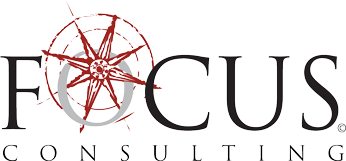
Design Matters: Commercial Development in Utah and Idaho Communities
Embracing Collaboration and Communication
According to Forbes, commercial development drives roughly 21 percent of all nonresidential construction in the United States. Commercial development is broad. Forbes’ definition includes retail, restaurants, warehouses, and wholesale facilities. Other commercial development entities also factor in office, healthcare, and education. All these types of projects provide a great benefit to our communities and are essential to economic growth.
While economists predict modest slowdowns, growth in Utah and Idaho in terms of population and jobs continues. According to the Ivory-Boyer Real Estate Center, Utah’s nonresidential construction value from January through June 2022 was $1.79 billion, a 5.7% increase over the year before. The NAIOP Research Foundation Impacts Dashboard identified $1.41 billion of direct expenditures on commercial real estate development, contributions to GDP, jobs supported, and personal earnings.
The benefits of commercial development are many. In addition to promoting the local economy, developing the land usually means improvements to our infrastructure. Improvements might include traffic enhancements, streetscape improvements, new water or sewer pipes, and expanded parks. Junior project manager Wade Edwards points to the retail centers that not only provide places of employment, but also accessible locations for consumer goods.
Wade and members of the FOCUS Site Civil Commercial team work with stakeholders such as commercial developers, business owners, architects, and school boards to identify and mitigate risks such as unique site challenges, state and local requirements, labor and resource shortages, and rising costs. “Because a commercial project can differ greatly from residential, our department was created to better meet client needs,” explains Wade.
One particular challenge for commercial development is timing. “Because commercial development is closely connected to housing, it’s difficult to finance, plan, and design for commercial construction before a community has been established,” Wade says. That’s where strategic land use planning and economic development strategies help to provide a higher quality of life for communities.
Commercial development involves a tremendous amount of participation and coordination from a wide variety of professionals. From lenders, attorneys, and site planners to architects, engineers, and contractors, a client expects all team members to identify and mitigate risks to ensure the most viable solutions.
Our passion for client success means we thoughtfully consider the unique challenges of each project site. Grading, drainage, ADA access, and utility service each require a high level of attention to detail to make sure the project comes together properly. By embracing collaboration and communication, our team works hard to meet the immediate and long-term needs of our clients and communities.
